The Lost Continent of Atlantis – The Maldives
The largest coral reef system in the world
Early settlers arrived in the Maldives before 500 B.C. from Sri Lanka and southern India but little archaeological evidence remains from this period. The earliest Maldivians likely subscribed to proto-Hindu beliefs, as well as Buddhism is thought to be introduced to the islands early as the archaeological remains of Buddhist stupas and other structures witness on at least 59 of the individual islands. Subsequently, sailors from Arabia and East Africa began to dominate the Indian Ocean trade routes around the Maldives. After their conversion to Islam in 1153, the formerly Buddhist kings of the Maldives became sultans. After the Portuguese, the Dutch, and the British finally on January 1, 1953, Mohamed Amin Didi became the first president of the Maldives after abolishing the sultanate. However, because of his modern concept of the State, he was subverted by Islamic fundamentalist that re-established the sultanate. In March 1968, the people voted to abolish the sultanate once more, paving the way for the Second Republic; s
The Maldives consists of 1,192 small tropical islands that cross strategic shipping routes, and it has a richly diverse marine environment. With more territorial sea than land, marine resources have played a vital role in shaping the contours of economic development, with nature-based tourism and fishing being the main drivers of economic growth.
Environmental sustainability is the fundamental development challenge in the country. Indeed, it is so critical to the future development and prosperity of the country that the new Constitution mandates the protection of the environment as a key human right. The Maldives are particularly vulnerable to projected adverse consequences of climate change, including sea-level rise, increases in sea surface temperature, ocean acidification, and frequency/intensity of droughts and storms.
The marine environment of the islands in the atolls of the Maldives consists of several components; indeed, a detailed cross section of an atoll reef is presented below.
At the ocean side there is a reef edge and an outer reef slope from 30 to 60 meter depth. Generally, at the bottom at the ocean side there is only sand and the slope goes down, whereas at the reef edge there are only a few hard and soft corals. This is caused due to the coral bleaching effect in 1998 and the Tsunami in December 2004.
The coral reef system of the Maldives is the eighth largest in the world and cover an area of approximately 4513 sq km with a total of 1,100 species of demersal and epipelagic fish.
The dominant species on reefs are corals and fishes. The top ten families of fishes in the Maldives are: Gobies, Wrasses, Groupers, Damsel fishes, Snappers, Cardinal fishes, Moray eels, Blennies, Butterfly fishes and Surgeon fishes.
At the Maldives there are 37 species of sharks. Some sharks are very close to the reef edges, but most sharks are swimming in the ocean side and sometimes very deep. The Stingrays, Manta rays and the Eagle rays are some of the most delightful of all creatures on the Maldives reefs.
There are five sea turtles at the Maldives, being: the Hawksbill #turtle, the Loggerhead turtle, the Green turtle, the Olive ridley turtle,
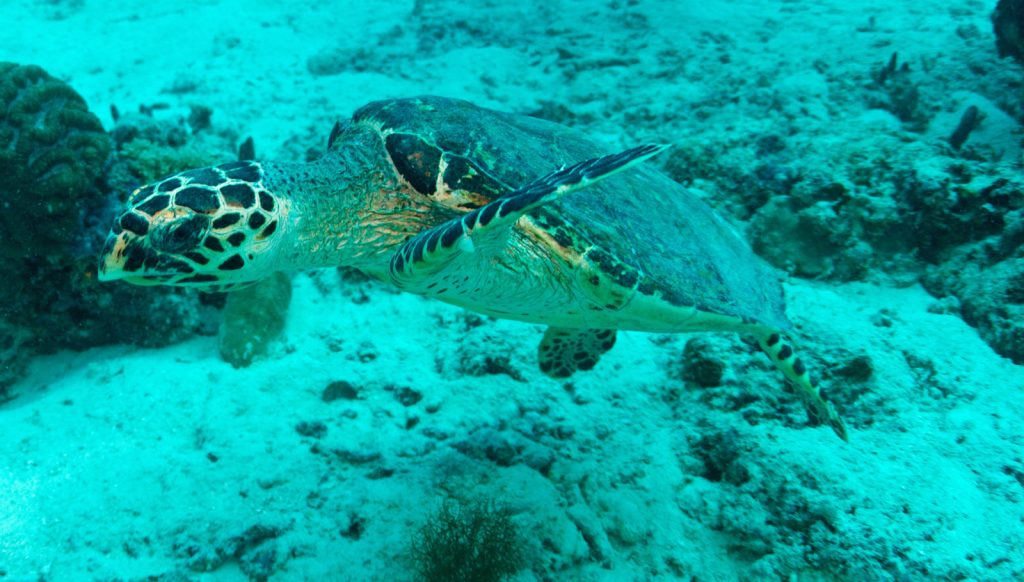
References.
Maldives Biodiversity. Retrieved from https://www.cbd.int/doc/meetings/ecr/cbwecr-2014-07/other/cbwecr-2014-07-presentation-day4-01-en.pdf
Climate Change in the Maldives. Retrieved from http://www.worldbank.org/en/news/feature/2010/04/06/climate-change-in-the-maldives
Culture of Maldives. Retrieved from https://www.everyculture.com/Ja-Ma/Maldives.html
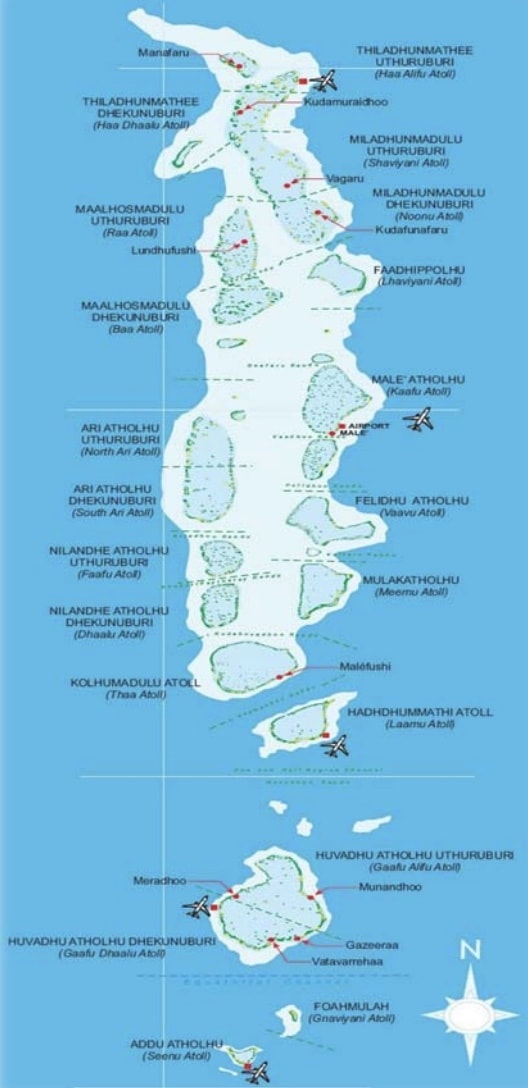
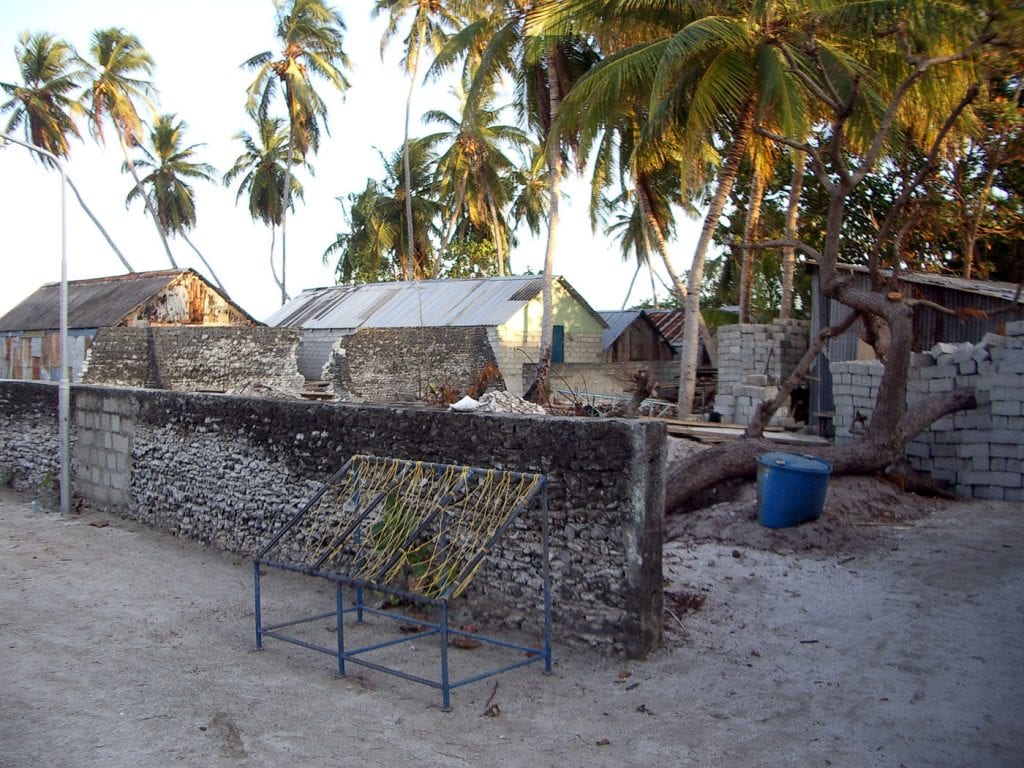
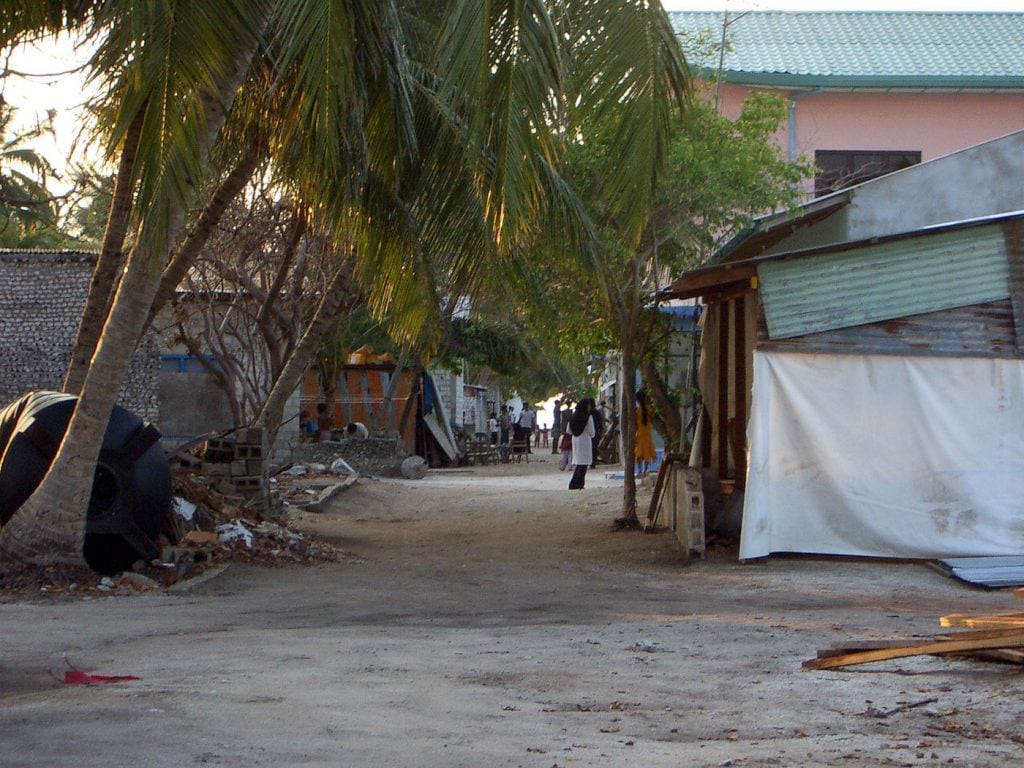
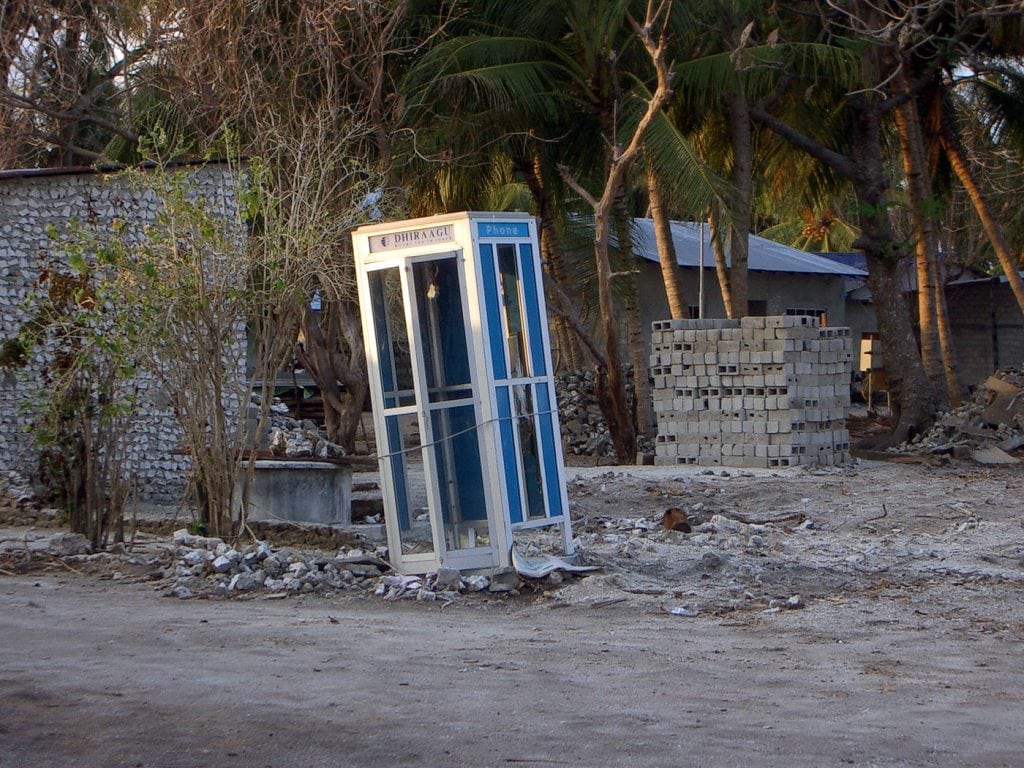
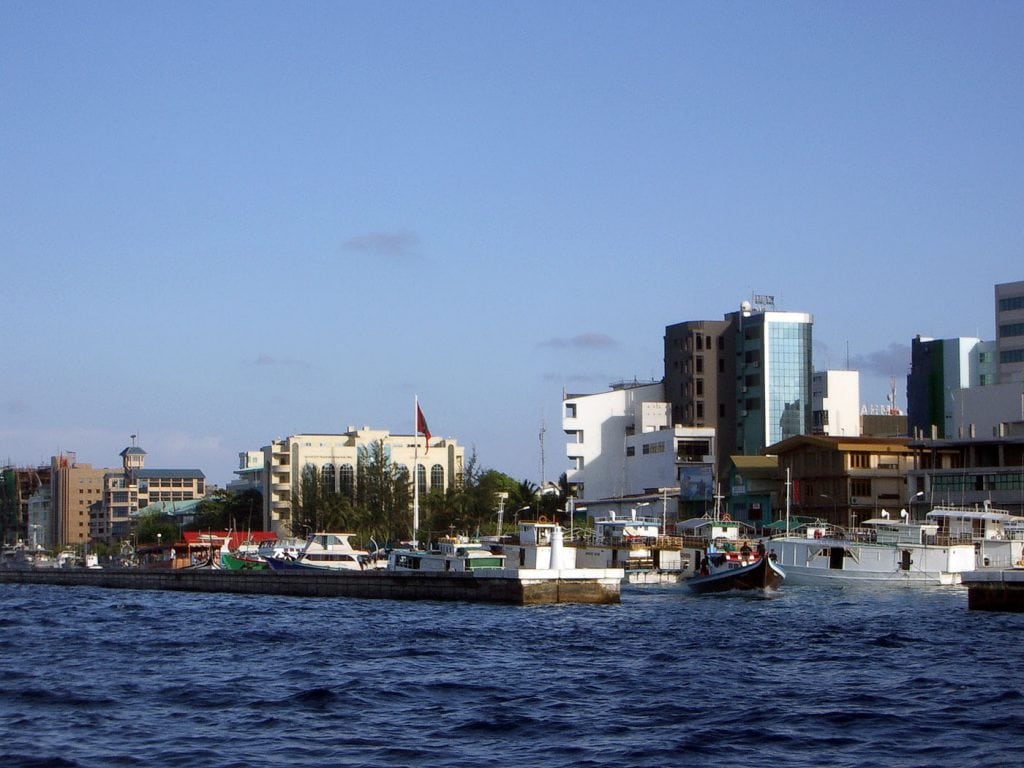

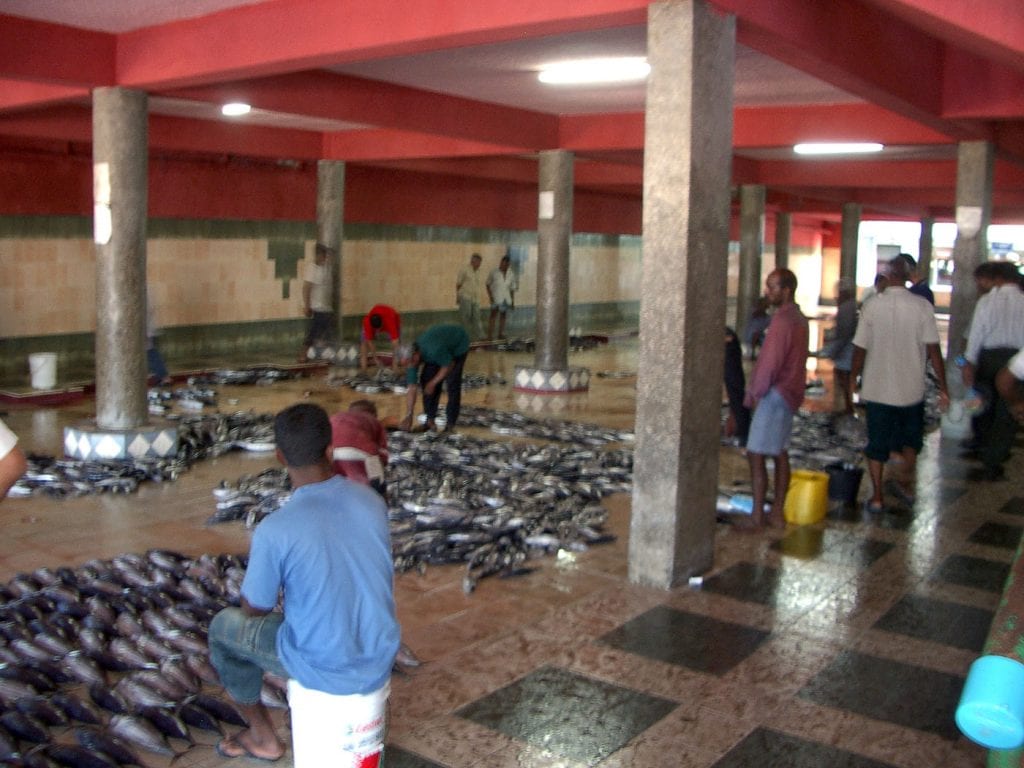
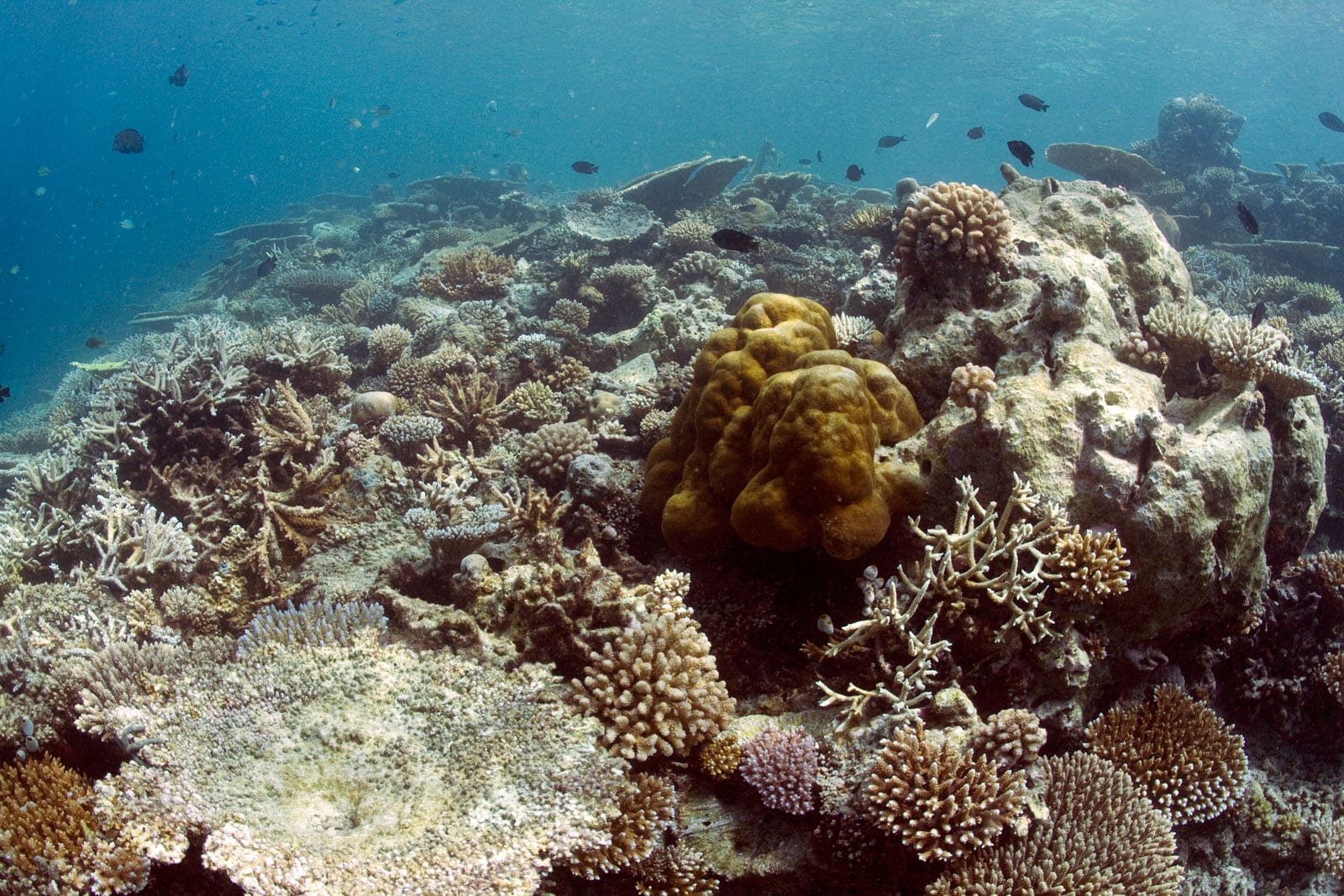
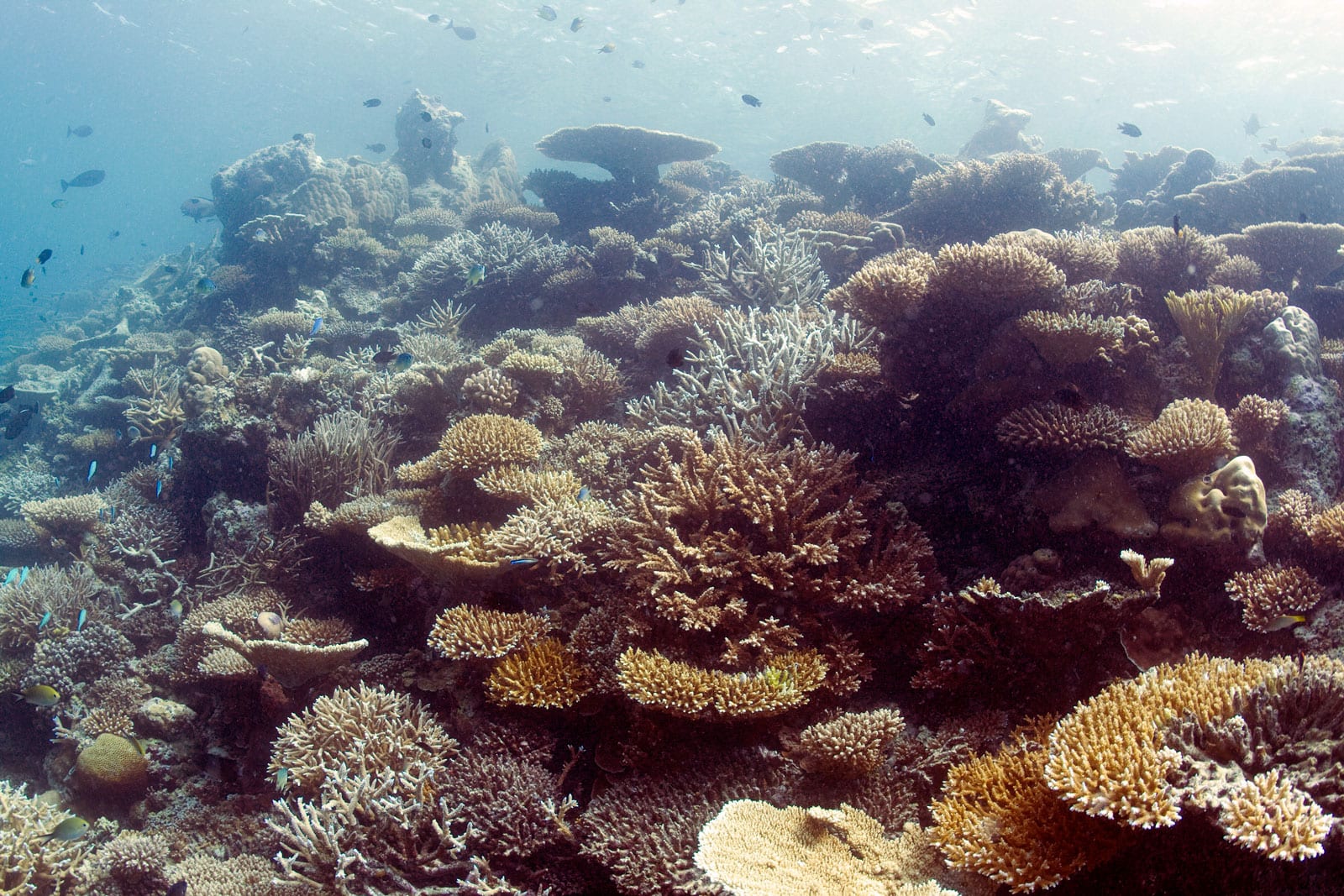

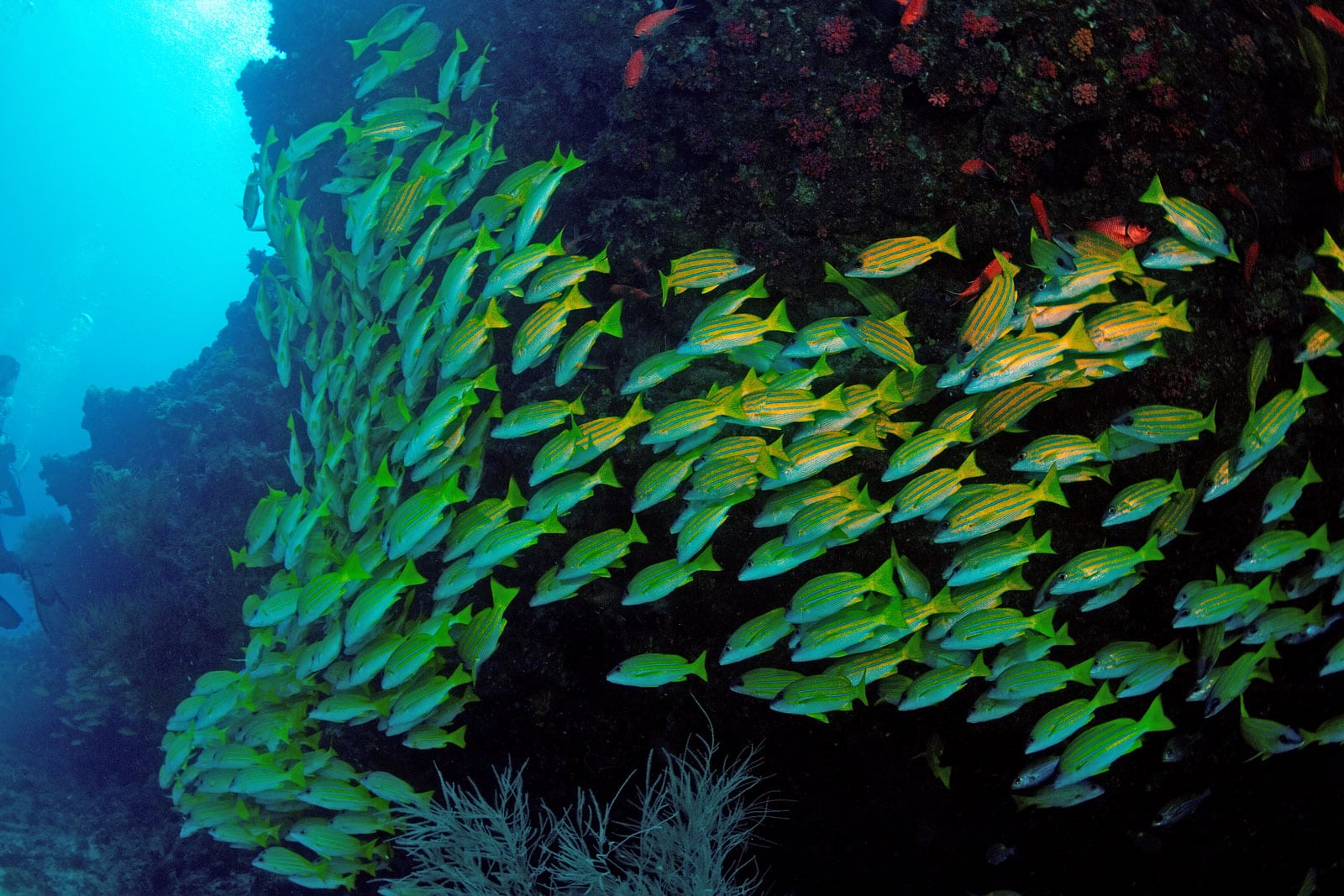
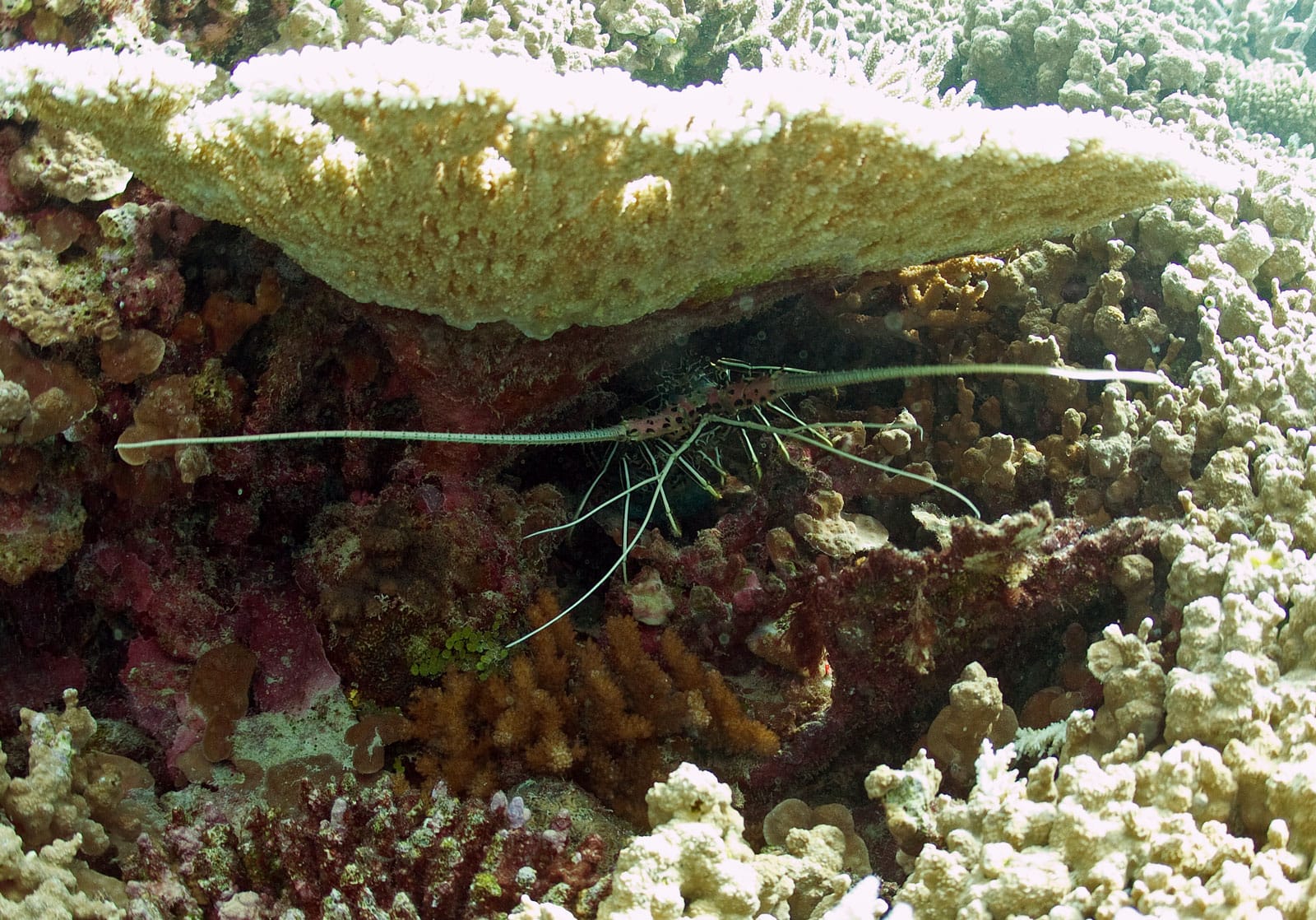


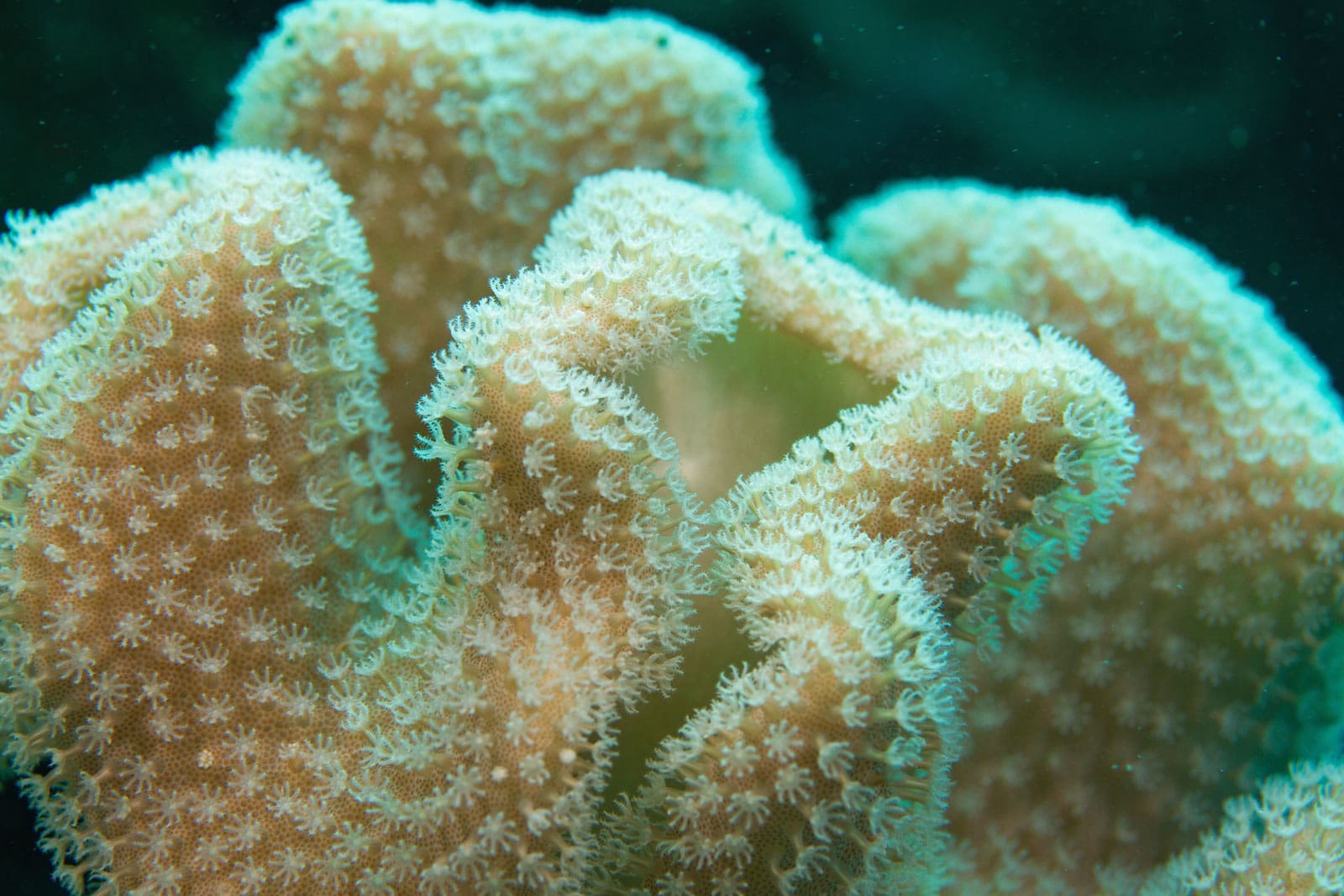
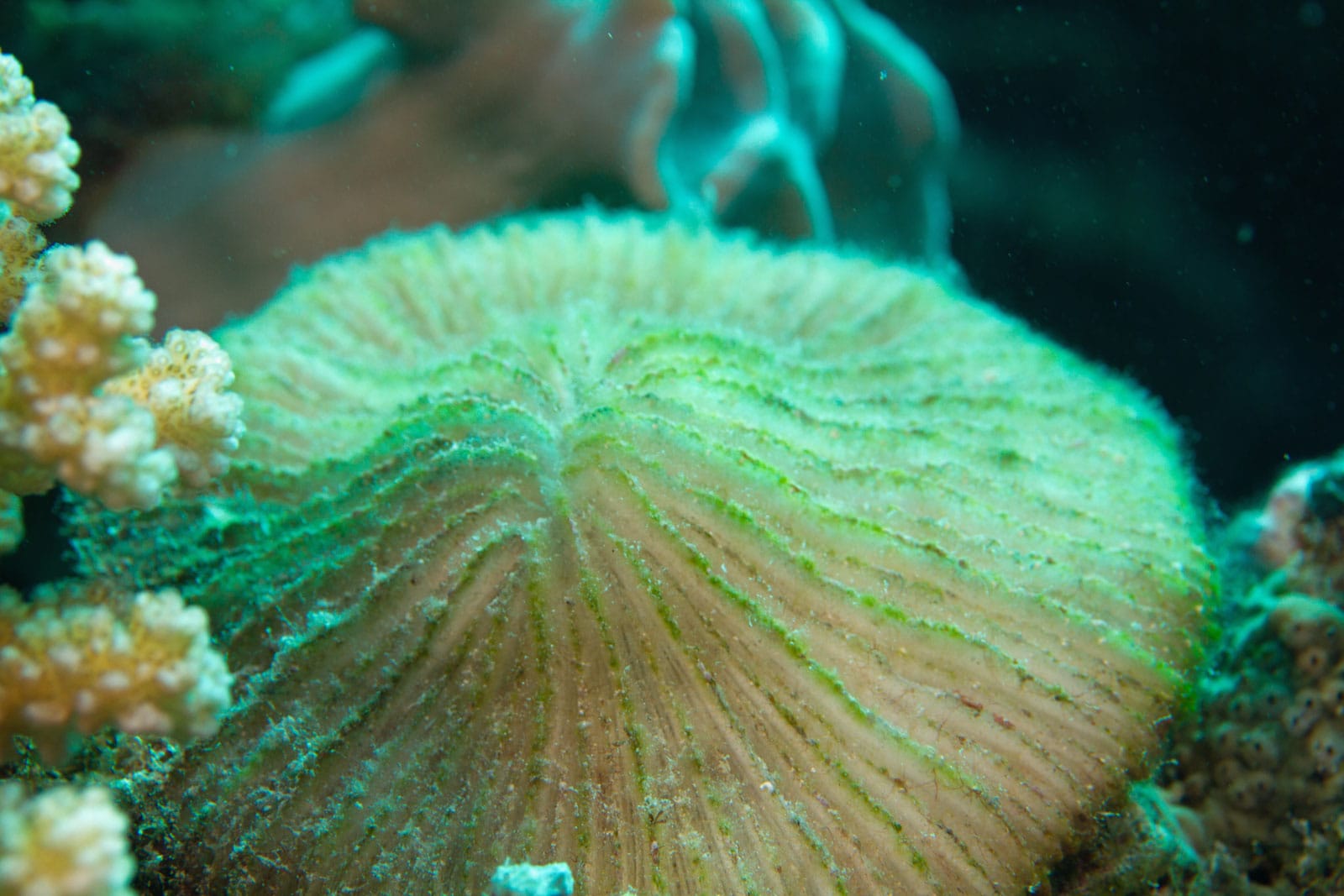
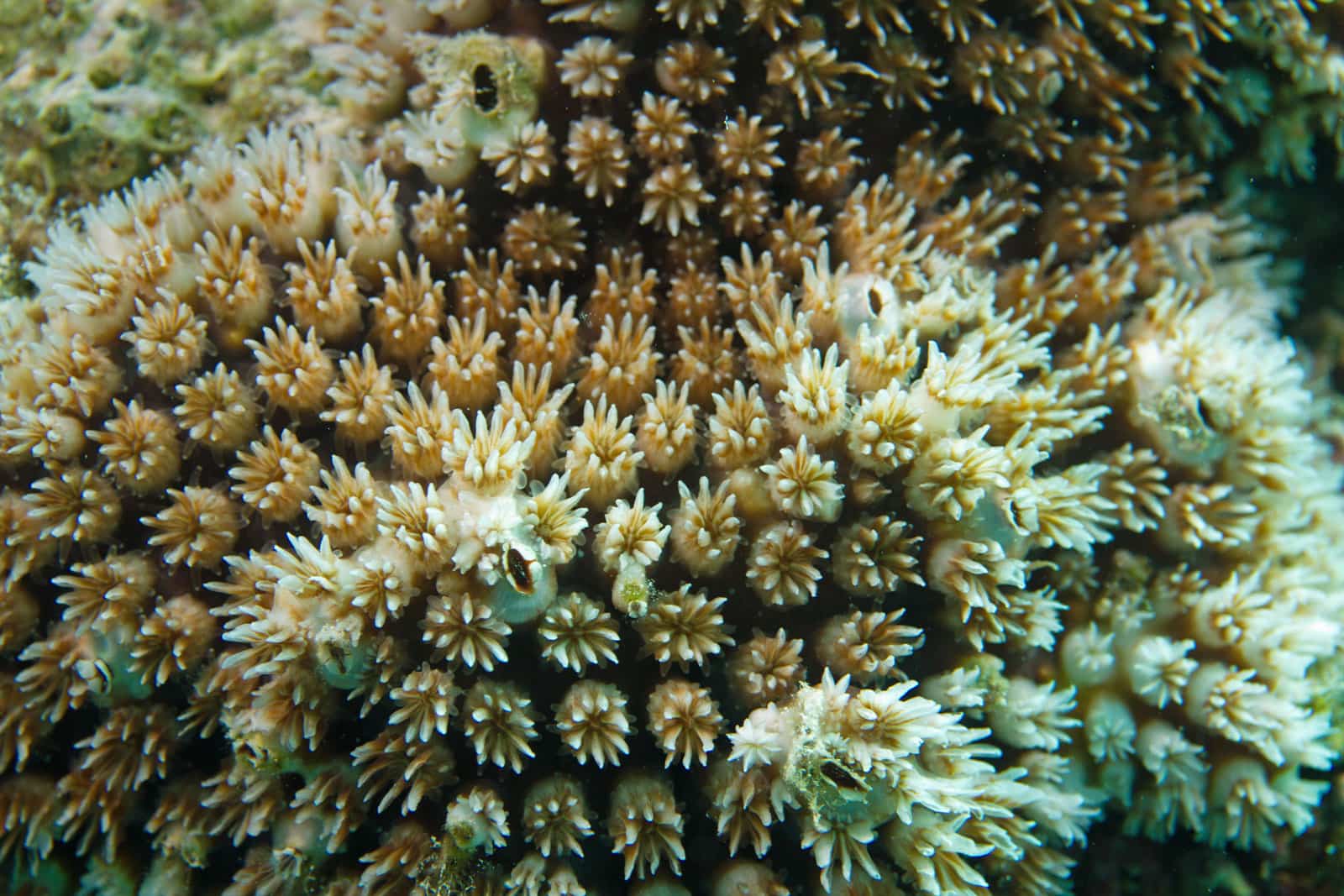
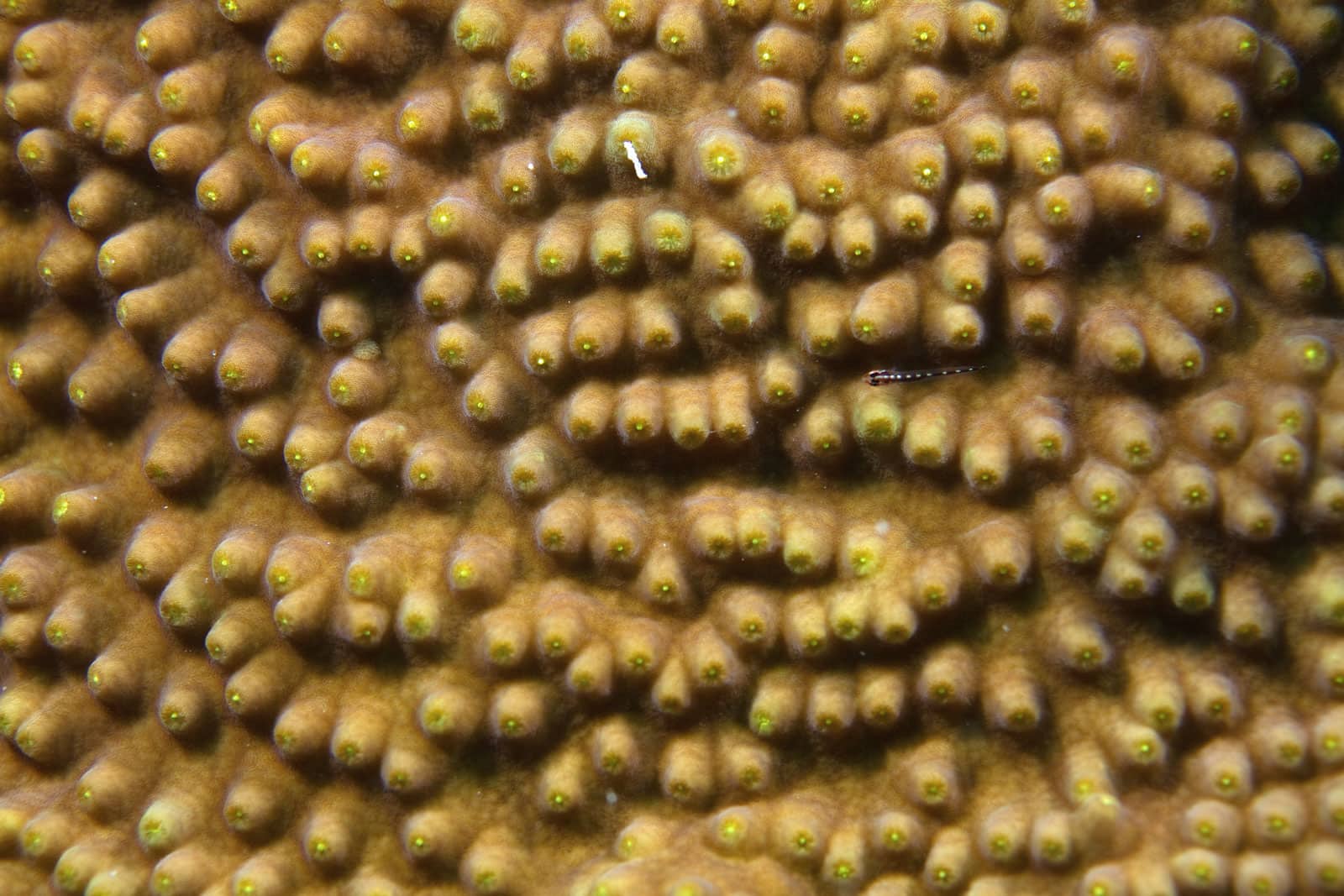

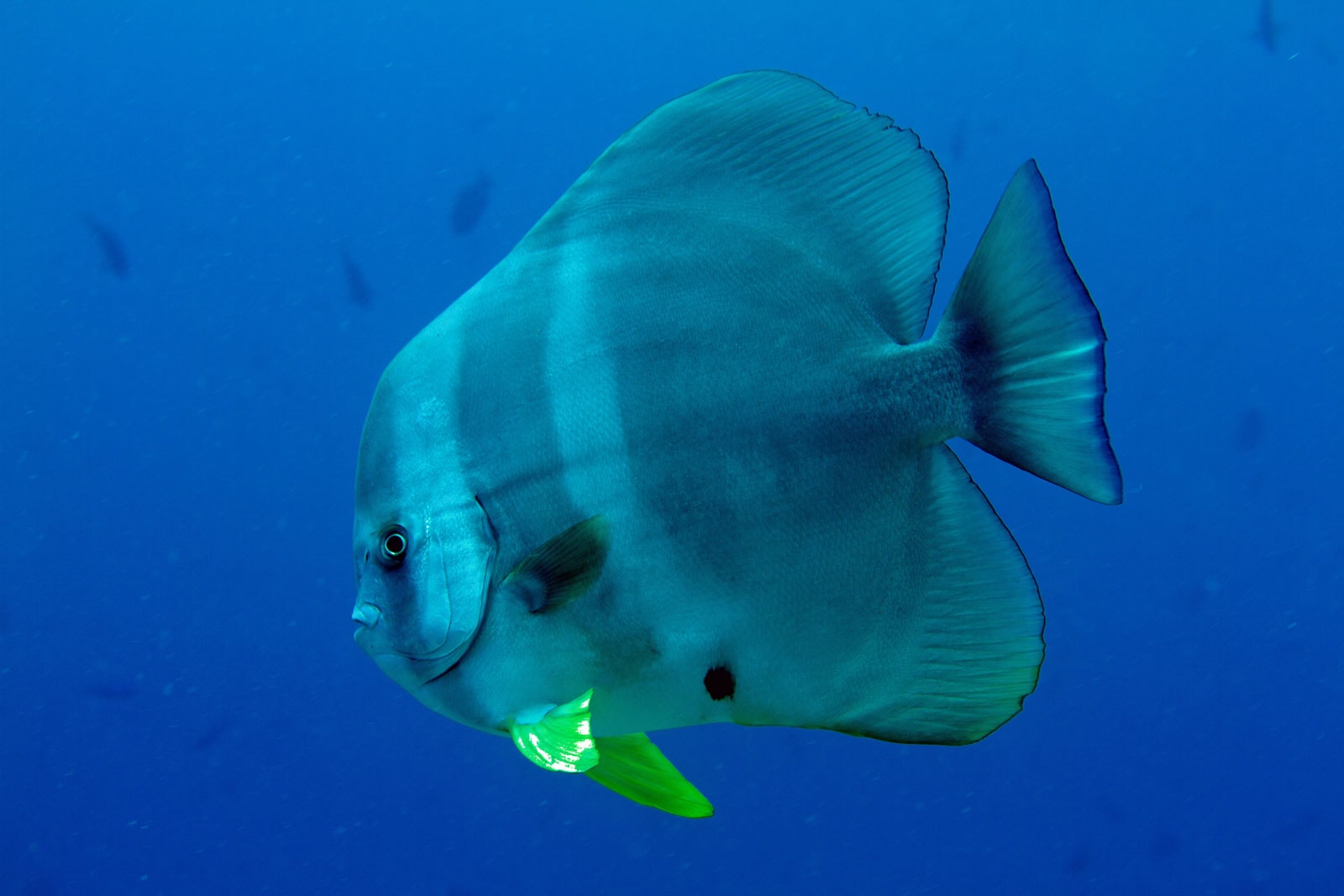
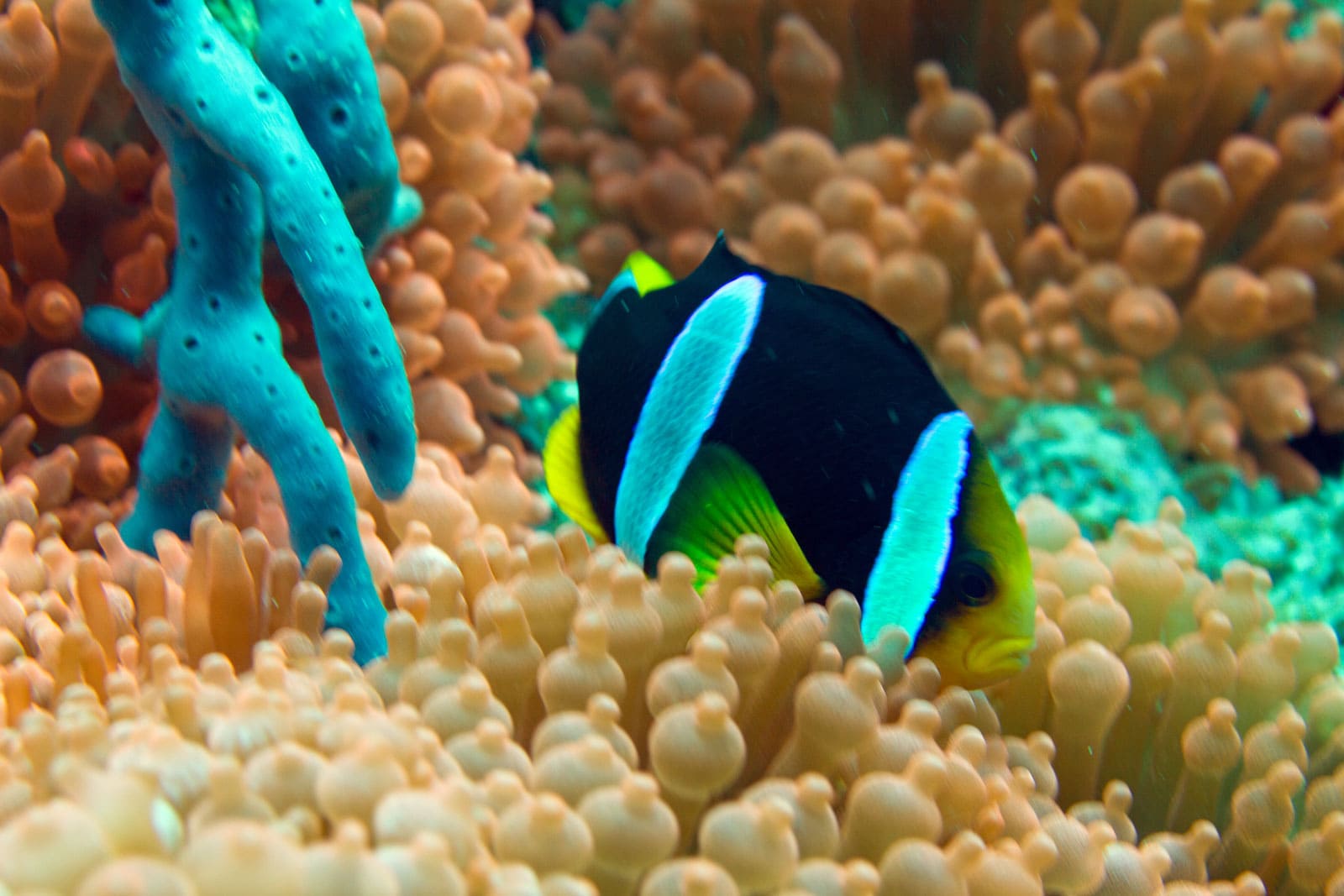

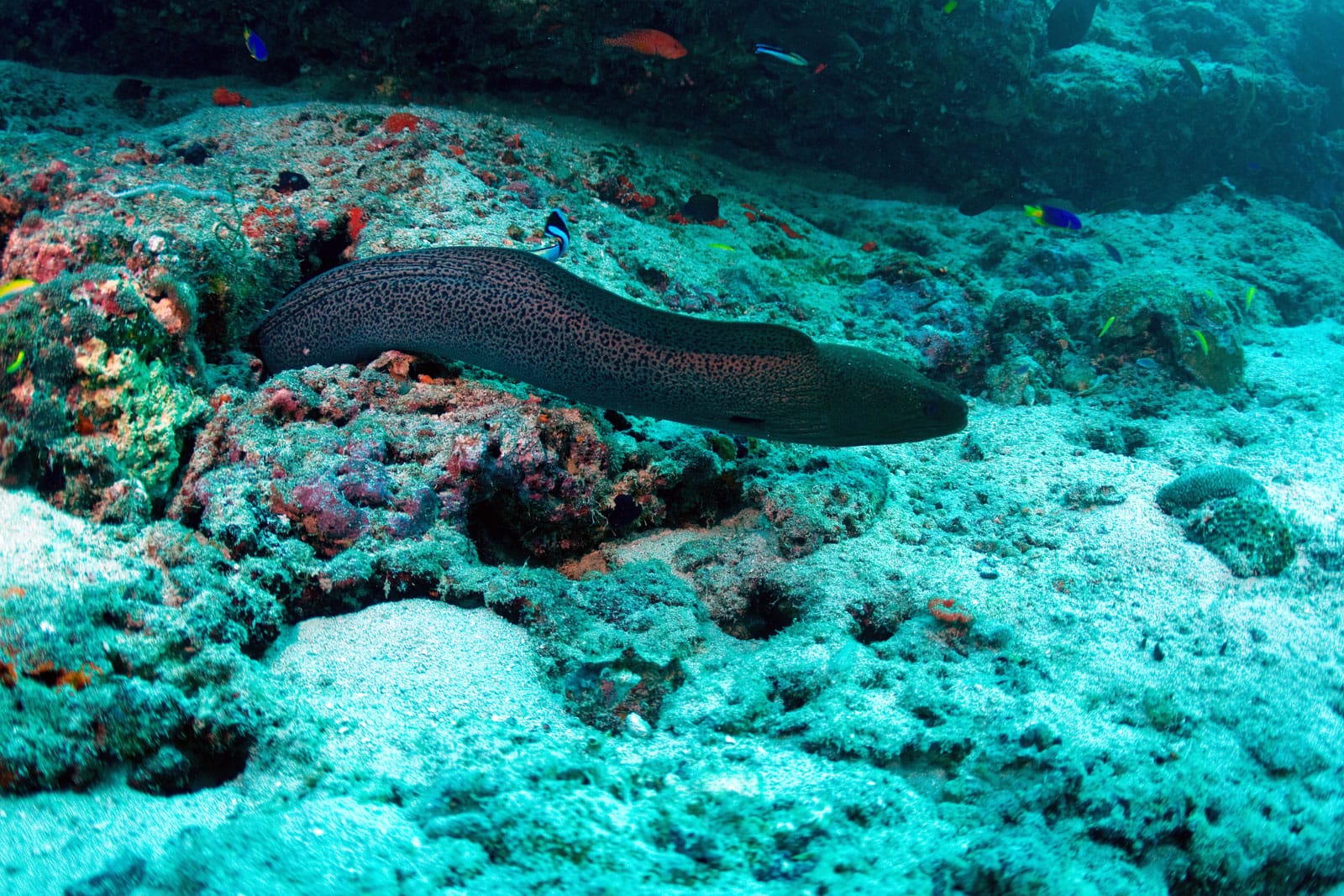
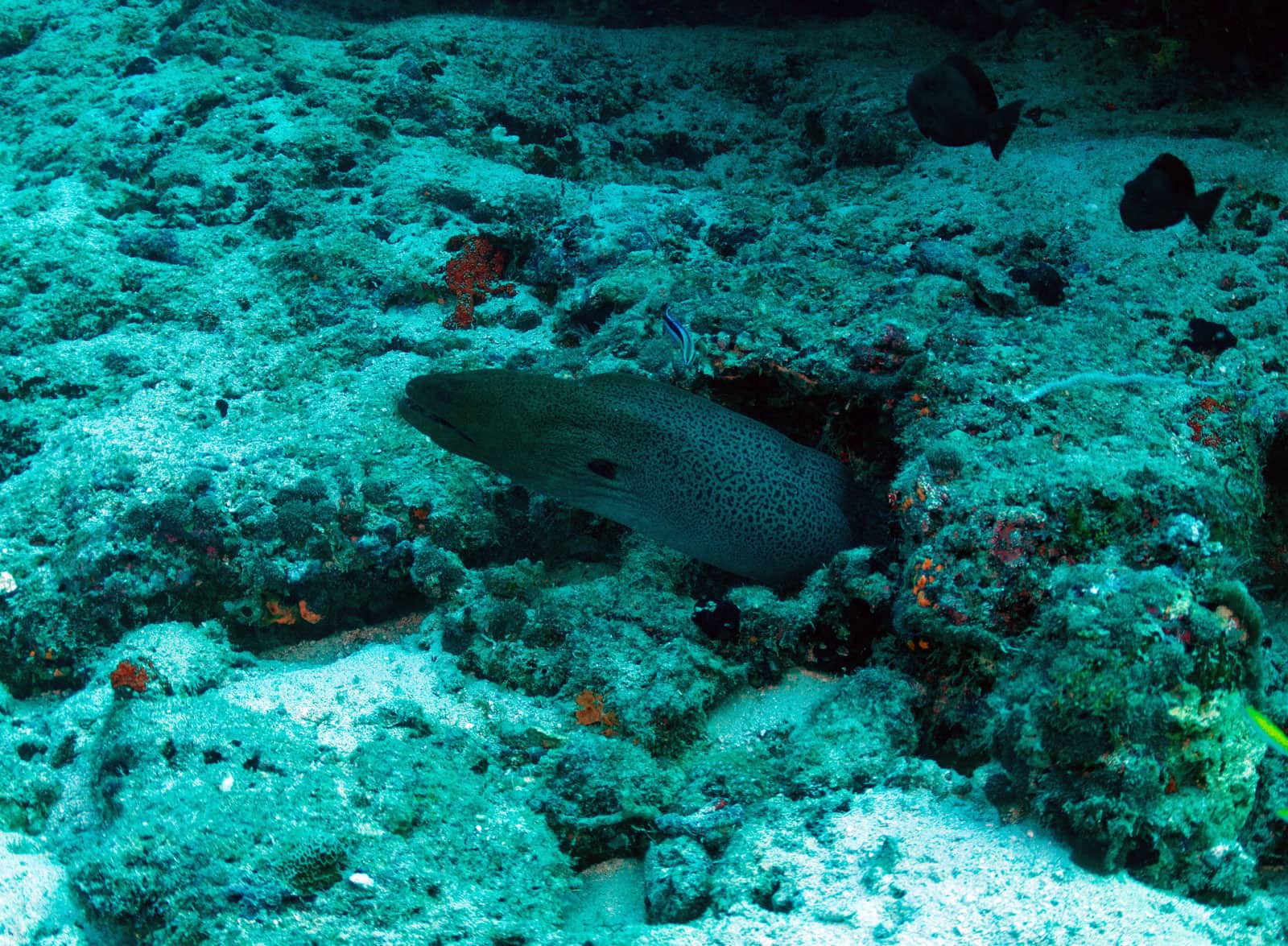
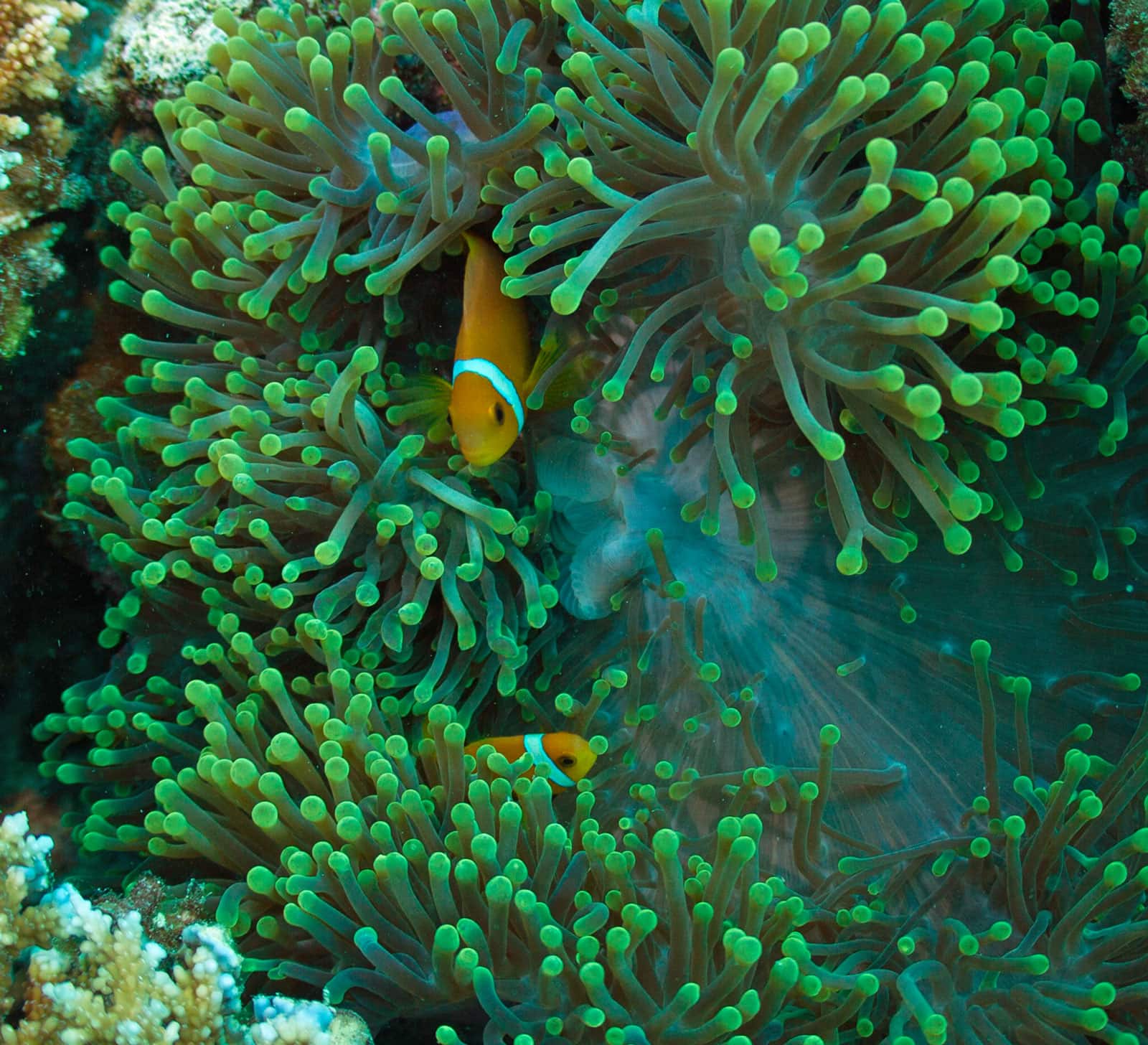
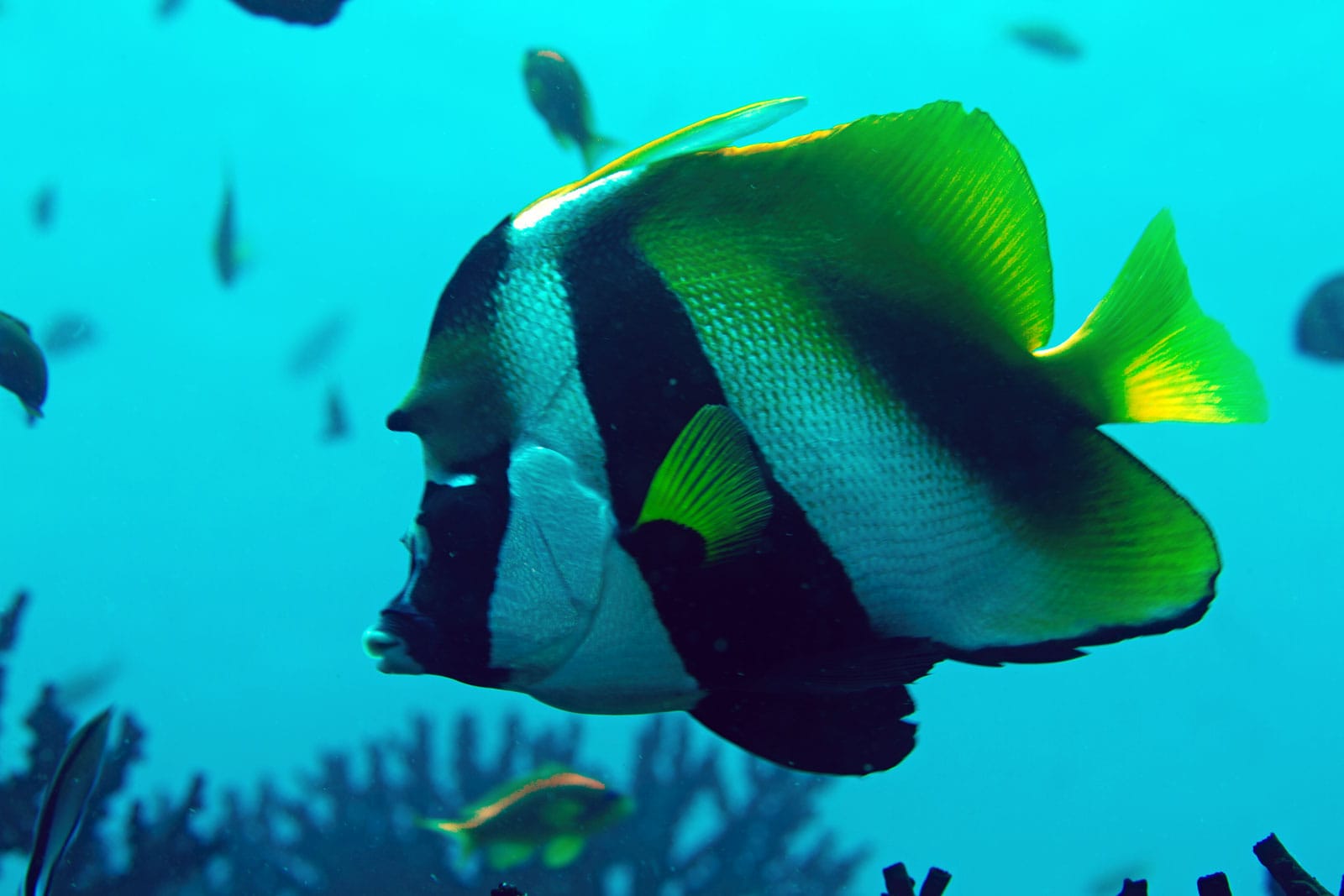
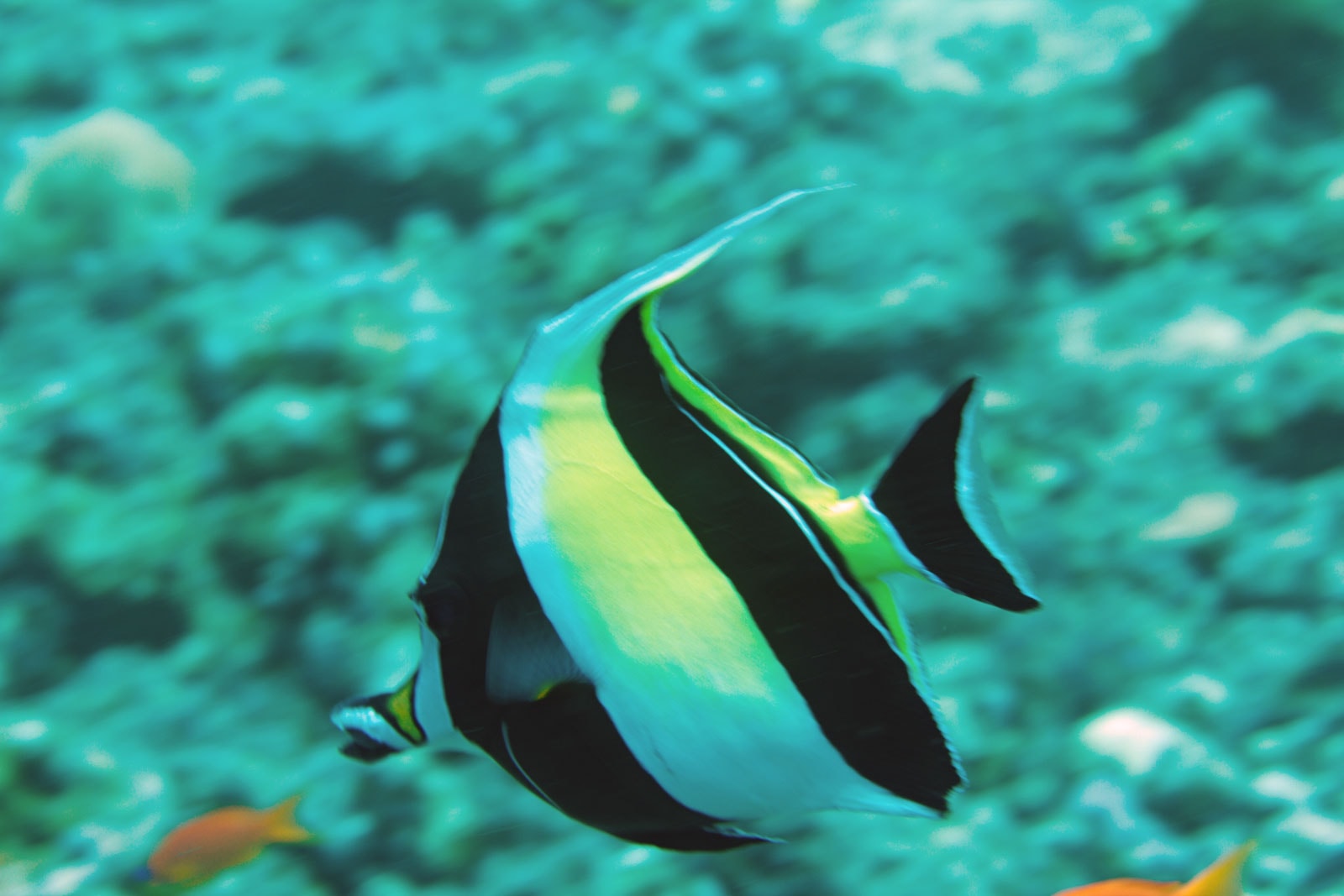

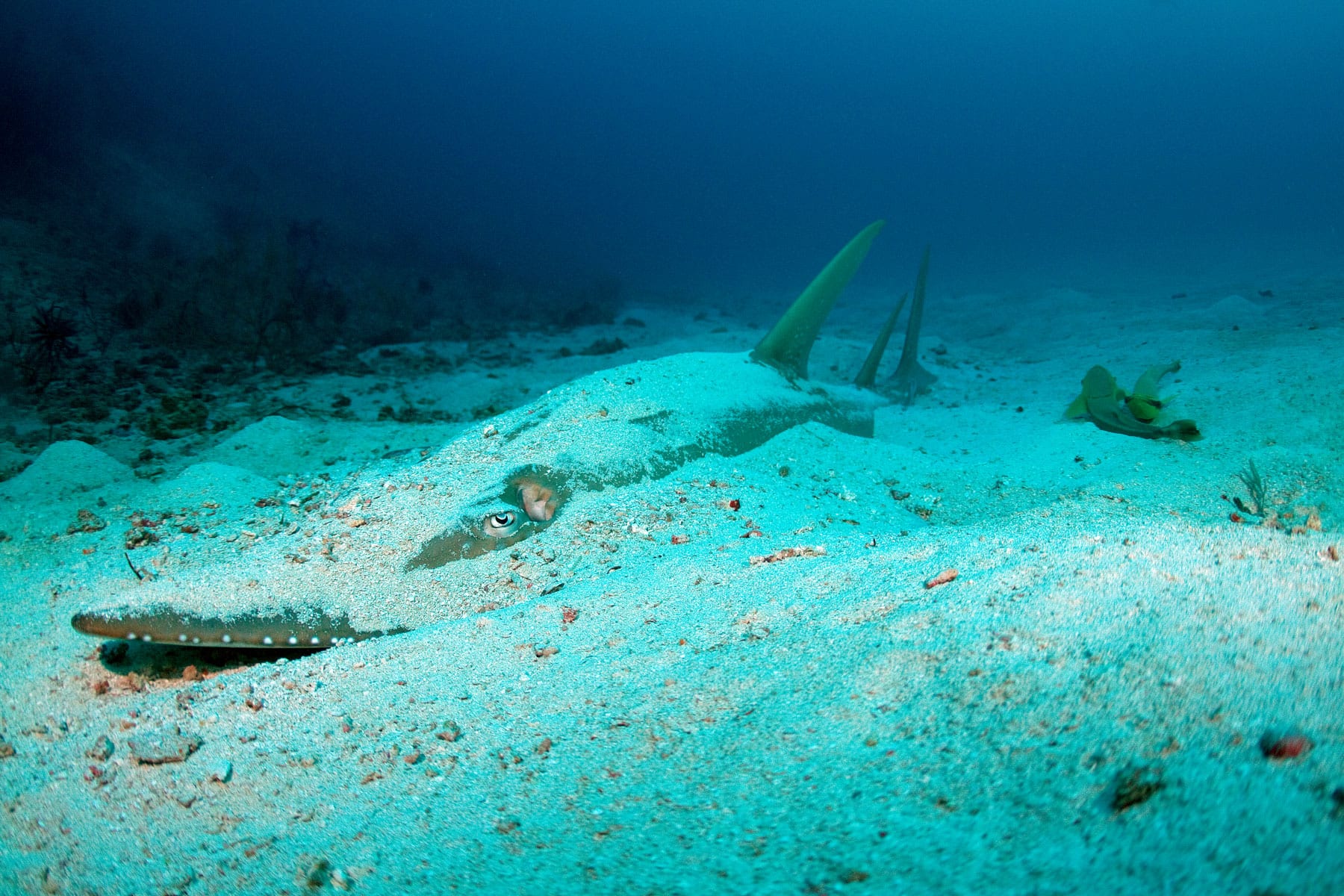
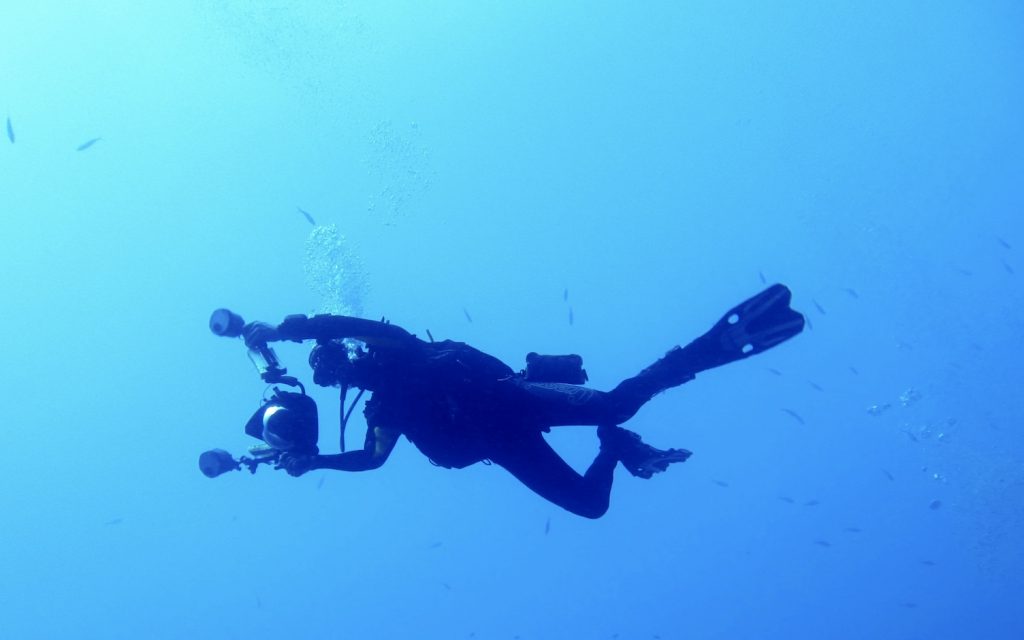

One Reply to “The Lost Continent of Atlantis – The Maldives”
Thanks for the great article. I’m really fascinated about the Maldives. In particular, I was wondering if you could tell me if the picture that shows cross section of reef is to scale, does the slope of the reef on ocean side to down almost vertical? Thanks !!